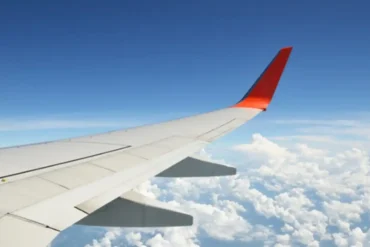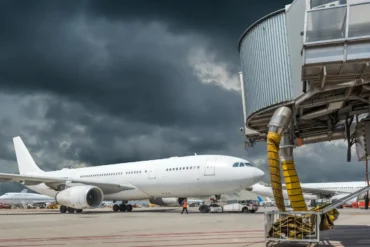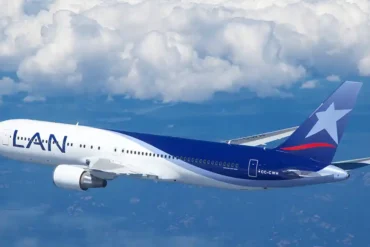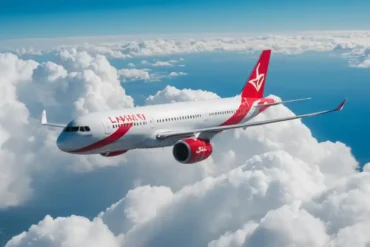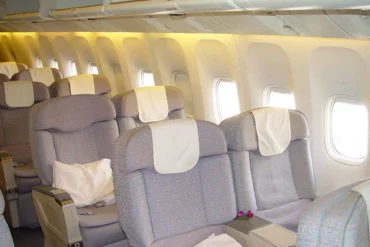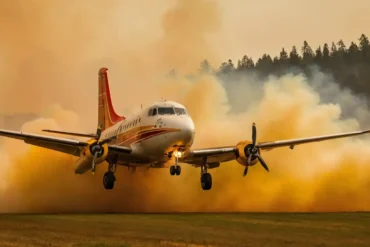Flying privately has always been linked with luxury. It provides a break from the hassles of commercial flights and unmatched comfort. But when bumps happen, do private jets hit the same jolts and shakes as commercial planes? And if so, how much does turbulence affect private travel?
What Causes Turbulence
To understand how turbulence affects private flights, you need to know what causes it. Turbulence is pockets of rough air that happen unpredictably at different altitudes. Some reasons are changes in temperature or humidity, wind shear (differences in airspeed between layers of air), jet streams, and turbulence from other aircraft.
We can simply split turbulence into two kinds based on altitude.
Lower altitude turbulence is usually from weather. Passengers on private jets may run into this briefly as the aircraft swiftly climbs above it.
Higher altitude turbulence involves things like jet streams or massive thunderclouds that reach up high. This can last longer, making passengers more uncomfortable.
How Turbulence Affects Airplanes
Since turbulence is air moving at different speeds, it can make an airplane rock gently or jolt sharply as it passes through. How much the aircraft moves depends on its size and weight, how strong the turbulence is, the weather, and what the pilots do.
While generally safe, turbulence can be uncomfortable for everyone onboard. It may even cause delays if the plane has to change course or altitude. In very rare severe cases, it could damage the aircraft or injure passengers.
Comparing Private Jets and Commercial Planes
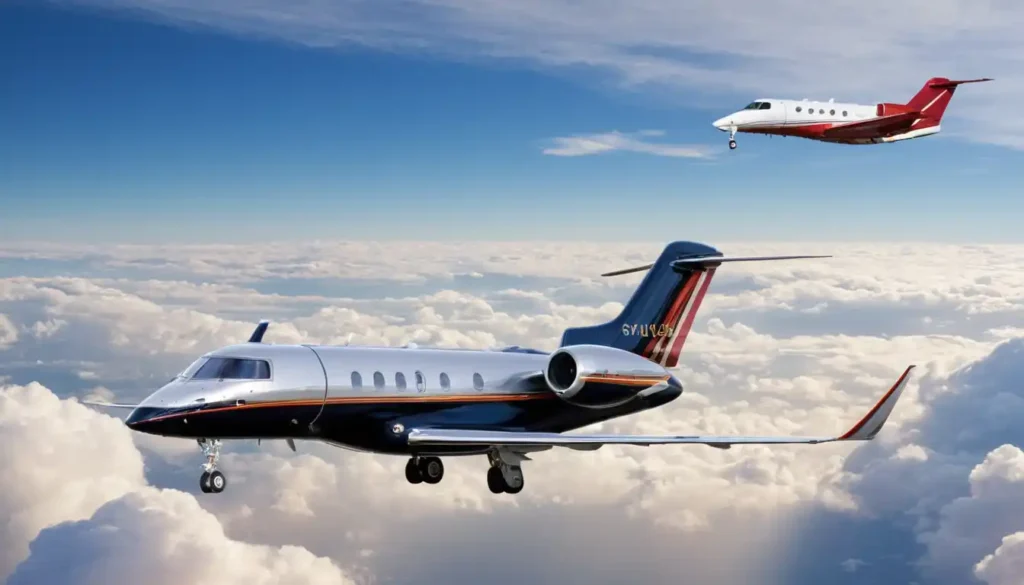
Both private and commercial flights deal with turbulence, but there are key differences private jet travelers should know.
Because of their higher cruising altitude and faster climb, private jets usually soar far above turbulence and reach those heights quickly, minimizing time in bumpy lower air. Most private jets cruise over 50,000 feet up, while commercial planes generally max out around 39,000 feet. So private jets can climb above rough weather systems but commercial planes may get stuck below the turbulence.
But private jets aren’t immune to turbulence. In fact, they can be more vulnerable than bigger commercial aircraft when they hit it. Since private jets are smaller and lighter, rough air affects them more.
Think of it like waves in the ocean: a small boat and a large ship react differently. Similarly, a small private jet responds uniquely compared to a large airliner. Basically, the bigger and heavier the aircraft, the less it feels turbulence.
However, private jets’ smaller size and agility let them easily avoid turbulence by changing course or climbing above it. Passengers usually have a smoother ride, benefiting from a spacious, private cabin. This means less jostling in seats and freedom to move around.
Can Private Jets Avoid Turbulence Completely?
While turbulence is unavoidable, private jets have advantages that make dodging it easier compared to commercial flights.
Flying privately brings a different turbulence experience. Private jets generally fly higher than airliners, allowing more flexibility to route around bad weather and turbulence. Their agility and speed also help avoid bumps by swiftly changing altitude or path.
Modern private jets have advanced tech and updated weather data. This lets pilots strategically plan routes to steer clear of turbulence when possible.
Handling Turbulence on a Private Jet
Even though private jets hit bumps too, you can take steps to make it easier:
Staying calm is key. Turbulence is typically short and rarely dangerous. If you feel uneasy, close your eyes, breathe slowly, and wait for it to pass. Chat with other passengers, read, listen to music, or watch a movie to distract yourself.
When it gets bumpy, stay seated and keep your seatbelt buckled. Move carefully around the cabin, holding on to seats and avoiding hitting anything.
Remember that turbulence is normal and will end soon. The crew knows about it and is taking measures to minimize the impact on safety and comfort.
Conclusion
While private jets may hit some bumps, especially when taking off or landing, it’s usually minor. Their high cruising altitudes often keep private passengers away from heavy turbulence. Understanding that turbulence is normal for all air travel helps ease worries.
If you have concerns, talk to the crew. They can provide more information and reassurance about the route and expected conditions.



